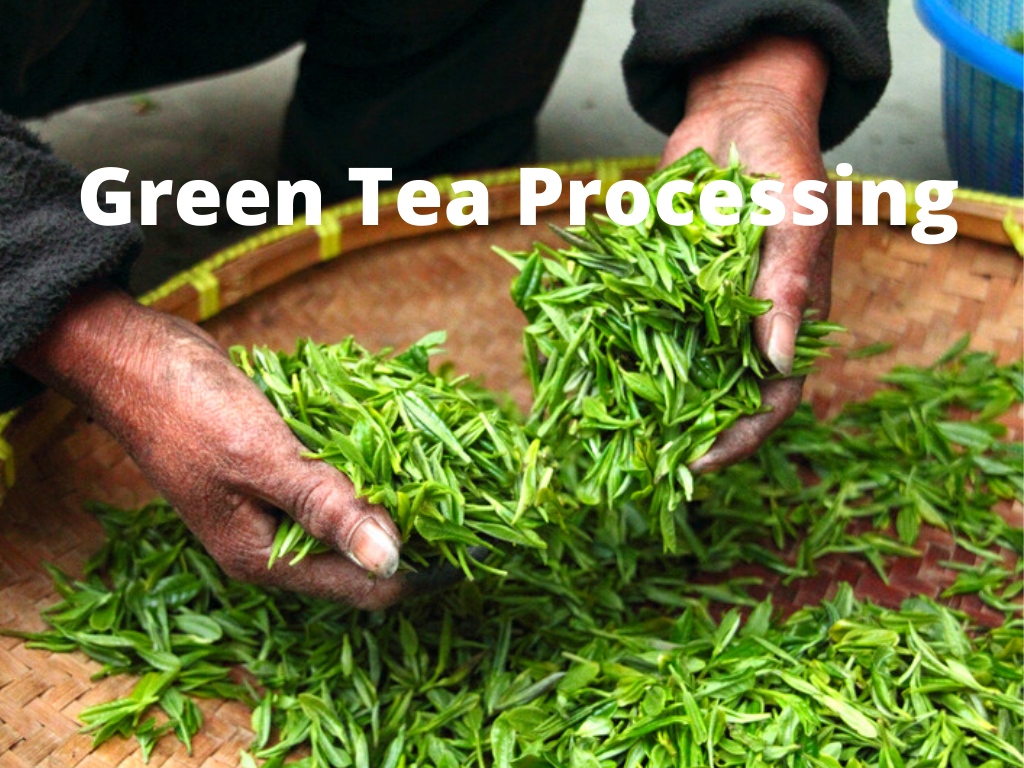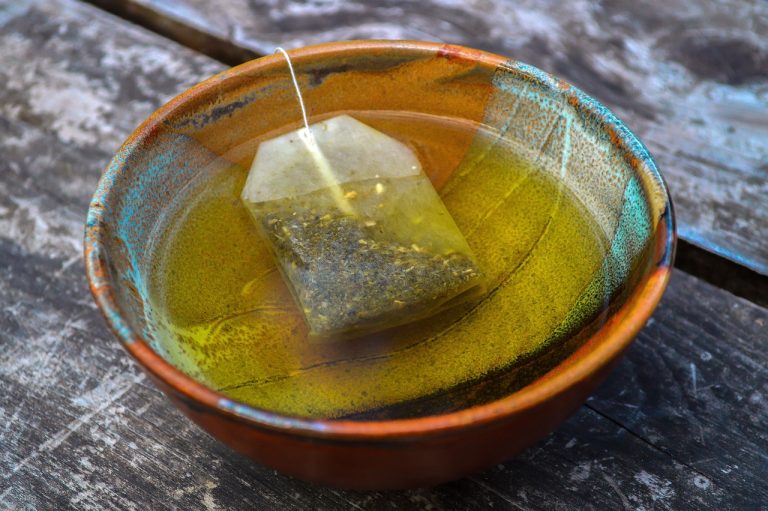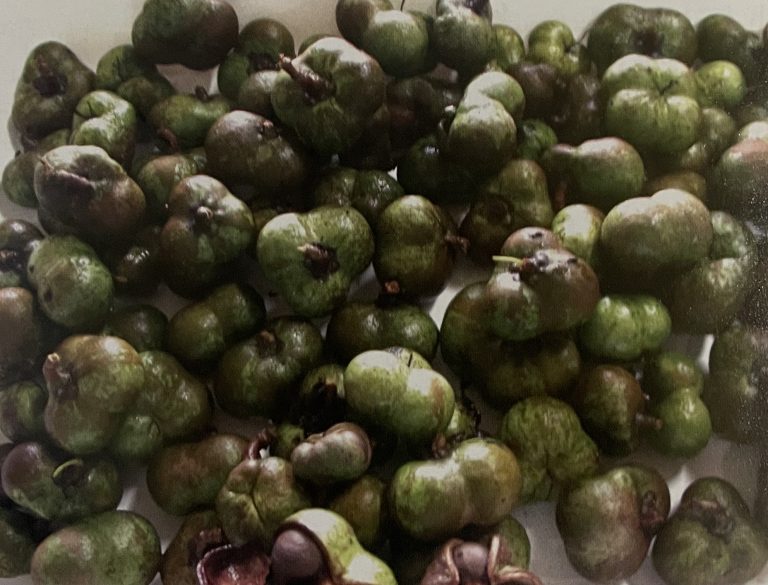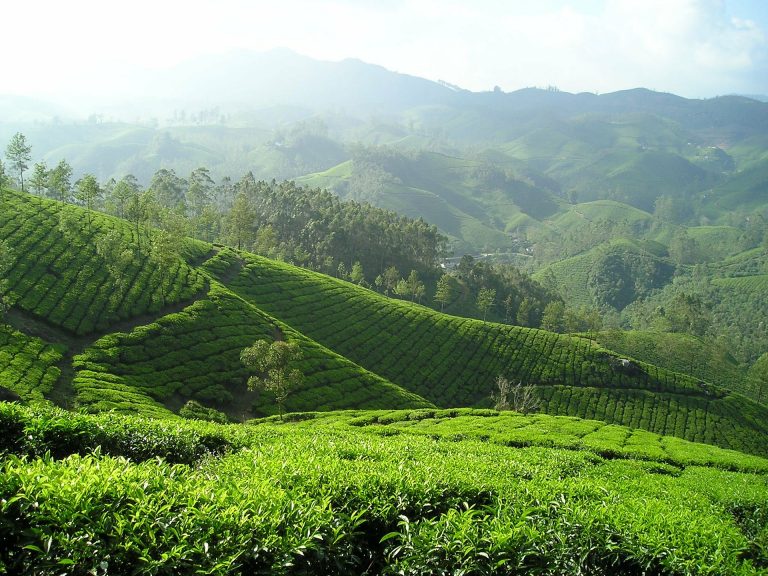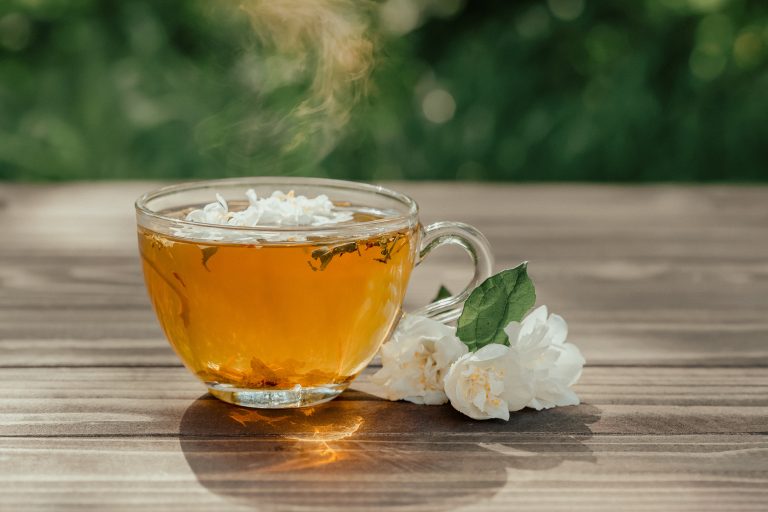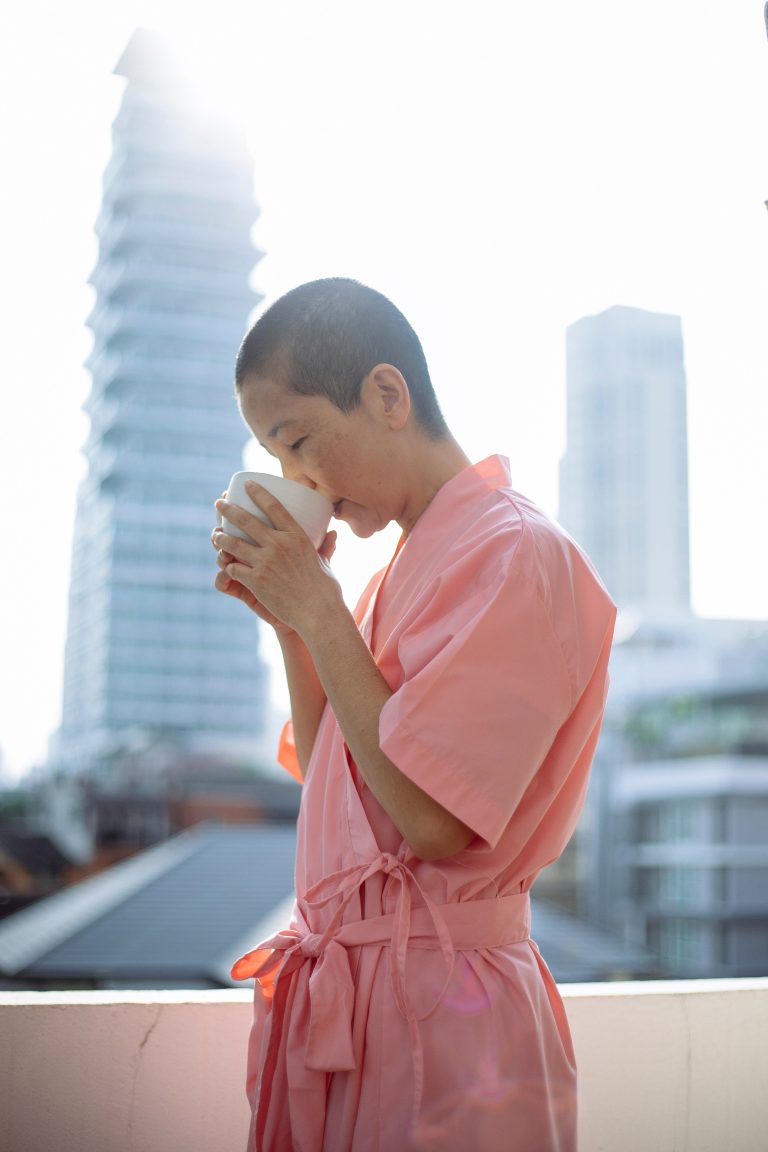Green Tea Processing

Introduction to Green Tea Processing
Green tea processing consists of several main steps and there are two different methods of green tea processing. The two main methods are Chinese method and Japanese method.
Green tea is one the most beneficial and popular beverage in the world. Many people in world in the today are aware of the benefits of drinking tea it has become a fashion by now. The popular view is that origin of green tea in china. Due to the strong popularity of green tea, various tea based product have come into the market today.
And also green tea is made from the leave of the plant used to make black tea and oolong tea. The scientific name of the tea plan is Camellia sinensis. In this article we will discuss in great information about how to make green tea.
Basically plucked tea leave from the field should be brought to the factory to start manufacture. It is very important to bring the tea leaves to the factory as soon as possible. And also make sure that tea leaves plucked from the field is not crushed. If the leaves crushed, the enzyme in the leaf can be activated and fermentation processes begin. It does not lead to a good quality end product.
Major Steps of Green Tea Processing
- Withering
- Fixing
- First Drying
- Rolling
- Final dying and polishing
- Grading
Withering
The withering process reduces the moisture content of tea leaves to approximately thirty precent. This is less than amount of moisture removed during normal black tea withering. The withering process in the green tea production takes between four-twelve hours. During this withering period the leaves undergo chemical and physical changes. Different methods are used to withering. Most often, withering is done using traditional methods of trough withering of tat withering.
Physical changes of green leaves during the withering
The main purpose of the physical withering is to reduce the moisture content of the green leave to the required level. Therefore, the permeability of the cell in the tea leaf increases and weight loss. If there is moisture of the leaves, it also can be removed.
Chemical changes in the green leaf during withering
Several chemical changes take place during the withering process in green tea processing. Most chemical changes are very important for a quality manufacture. During this time, the proteins are converted into amino acid, which increases the amino acid concentration of leaf. There is an increase in volatile compounds that affect the aroma of the tea. In addition, caffeine, sugar and organic acids are increased during the chemical withering.
Fixing
Fixing is a very important step in the green tea manufacturing process. The main purpose of fixing is to inhibit the activation of the enzyme called polyphenol oxidase in the tea leaf. This can stop the fermentation process. There are two main types of methods used for fixing.
- Pan-frying
- Steaming
Pan-frying
Normally panning method is commonly used in china and is also known as Chinese method. Also the steaming method is a Japanese method. In the pan-frying method, a lager drum is heated to appropriated temperature and withered leaves are allowed to pass for a period of time on the inner surface of drum. In the steam method, withered leaves are exposed to steam. The purpose of both methods is to reduce the activity of the enzyme by exposing withered leaved to high temperature.
Steaming
In the Japanese method, the withered leaves are exposed to steam heated to 100 degrees Celsius for two minutes.
First Drying
Using a wooden or metal drum, reduce the moisture content of panned of steam leaves to 50% by keeping temperature at fifty five degrees of Celsius for nearly 30 minutes. The physical and chemical changers that are affecting to the quality of final product take place during this final drying process, and then it is imperative that this process be done in a very controlled manner. Heat for this process can be supplied by various methods such as hot-air drying with a blast oven, vacuum drying with blast oven, and microwave drying and microwave vacuum drying with microwave furnace with/without vacuum.
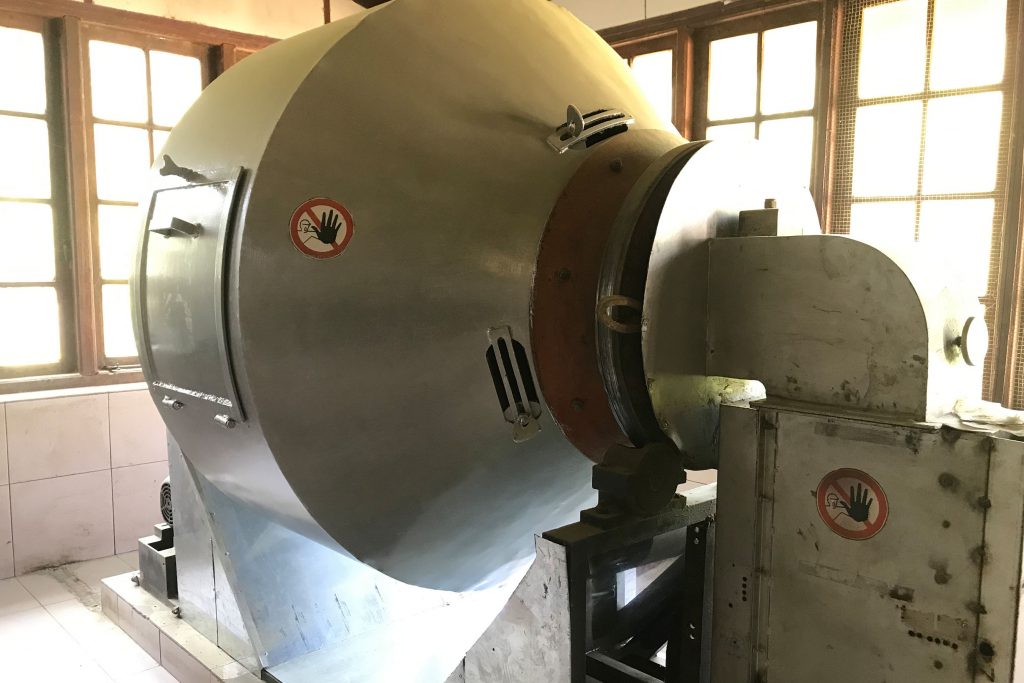
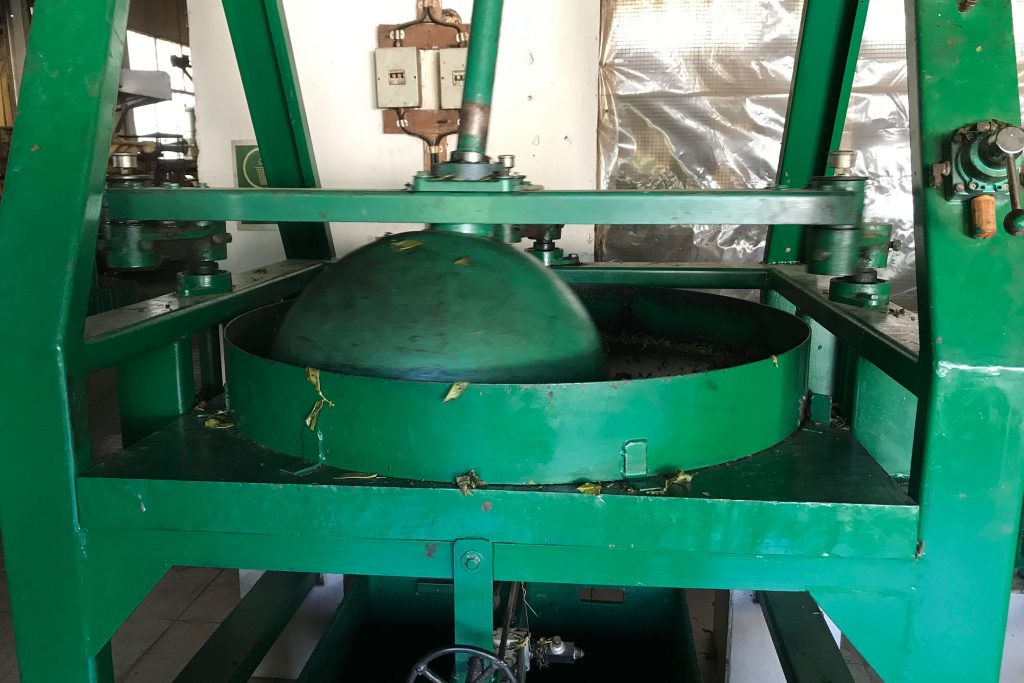
Rolling
Machines are often used for the rolling process, but there are few cases where the rolling process is done by hand for high end markets. The main purpose of this process is to give the desired shape to final product. First dried tea undergoes different pressure for about thirty minutes using the rolling machine giving the tea a twisted and crumbly texture. Initial heat is given to the tea leaves in the green tea manufacturing, therefore fermentation process does not take place like the black tea in the rolling process, due to enzyme in leaf are inactive.
Final drying, rolling and polishing
The main purpose of this process is to reduce the moisture content of the end product to inhibit the microbial activities. The machine used for that process also proved the polish needed for the final product.
Grading
This step is basically to divide the tea into grades based on size and shape. The market demand of green tea grades will be affected to the grading process in green tea manufacturing. Therefore the grading of green tea varies according to the market demand. Different machines for grading are used for this depending on the country. Below are some of major grades available in the green tea production.
Green Tea Grades
- CH Chunmee – Curl twisted pieces
- Gun Powder 1 -Twisted and Coarse similar to Black tea grade Pekoe but color is green
- Gun Powder 2 -Little opened coarse slightly bigger then Gun Powder 1
- Gun Powder Special -Bloom Curl twisted pieces bigger then Chunmee
- Sencha -It consists of tiny dark green color needle – shaped pieces
- Green Curl -Opened coarse greenish color leaves
- Green Tea Flowery Fanning’s -Similar to the black tea grade “BOPF” firm leaf but Green color consisting little tips
- Green Tea Flowery Fanning’s 1 -Similar to the “Green Tea Flowery Fanning’s” but little bigger in size
- Sowmee -Even and neat opened pieces
- Green Curl -Opened coarse more dark color leaves
Read more about Black Tea Manufacturing

